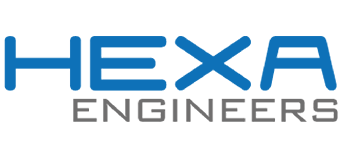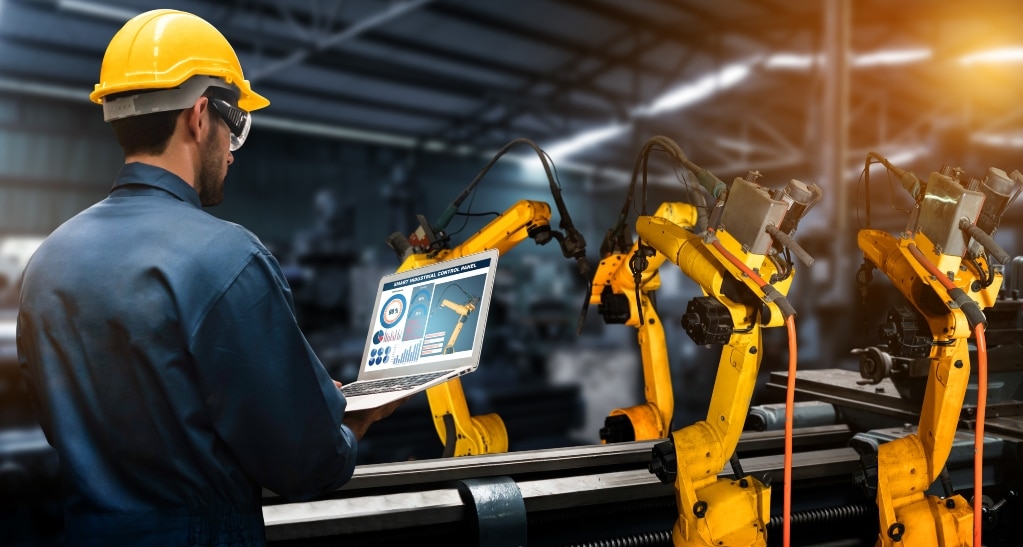What is predictive maintenance in the industry
Predictive maintenance is one that monitors the performance and health of equipment during normal operation to reduce the probability of errors. This type of maintenance has been used in the industrial world since the 90s of the 20th century.
It is a technique that uses data analysis tools and techniques to detect anomalies and possible defects in equipment and processes so that they can be solved before they become failures.
Under normal conditions, predictive maintenance allows the maintenance frequency to be as low as possible to avoid unplanned reactive maintenance and thus avoid incurring costs associated with performing excessive preventive maintenance.
How Predictive Maintenance Works
Predictive maintenance relies on using real-time and historical data from various parts of the operation to anticipate problems before they occur.
Three main areas of an organization that influence predictive maintenance can be distinguished. On the one hand, real-time monitoring of the condition and performance of assets. Second, the analysis of the work order data. And finally, the comparative analysis of the use of the maintenance, repair and operations inventory.
There are several key elements to predictive maintenance, with technology and software being one of those critical pieces. The Internet of Things (IoT), Artificial Intelligence, and embedded systems allow different assets and systems to connect, work together, and share and analyze data. These tools capture information using predictive maintenance sensors, industrial controls, and software such as ERPs. From there they are in charge of making sense of the information and use it to identify areas that need attention.
Benefits of predictive maintenance
When predictive maintenance works effectively as a maintenance strategy, maintenance is only performed on machines when it is strictly necessary. That is, just before a breakdown is likely to occur. This causes a series of cost savings to be produced. Equipment maintenance time is minimized, the number of production hours lost due to maintenance is minimized, and spare parts and supplies costs are minimized.
In general terms, it can be said that on average, predictive maintenance programs help to obtain increases of about ten times in ROI, a reduction of around 30% in maintenance costs, a decrease of around 75% what to breakdowns and a reduction of approximately 40 percent in downtime. Of course, being able to achieve savings such as those mentioned also implies paying a price for it. The investment can be costly and requires specialized staff with prior experience for data analysis to be effective. Even so, in the long term and especially if you have the knowledge and experience of a specialized consulting firm when planning the investment, it is profitable.

Advantages of predictive maintenance
When compared to preventive maintenance, predictive maintenance ensures that maintenance-requiring equipment is shut down just before an impending breakdown. This reduces total time and costs spent maintaining equipment.
Disadvantages of predictive maintenance
Compared to preventive maintenance, the cost of monitoring equipment for predictive maintenance is often high. The level of skill and experience required to accurately interpret the monitoring data is also high. In such a way, that both combined, can imply a high cost in the initial moment.
On the other hand, not all resources suffer failures that can be more profitably maintained through preventive maintenance. Hence the importance of seeking expert advice when deciding whether predictive maintenance is best for a particular resource. Likewise. Techniques such as Reliability Centered Maintenance (RCM) provide a systematic method for determining whether predictive maintenance is a good choice as a resource maintenance strategy.
The impact of predictive maintenance
Predictive maintenance seeks to define the best time to act on a resource, so that the frequency of maintenance is as low as possible and the reliability is as high as possible without extraordinary unnecessary costs.
Today, the use of the Internet of Things is key to implementing a successful predictive maintenance program, as is the use of sensors and predictive maintenance techniques, such as thermal imaging, vibration analysis, oil analysis and equipment observation. , to cite several examples.
Although there are some disadvantages of predictive maintenance already mentioned, the fact that it allows maintenance to be performed only when necessary, helps facilities to reduce costs, save time and maximize resources. In any case, before undertaking a predictive maintenance implementation or renovation project, it is advisable to put in the hands of specialized professionals such as HEXA Ingenieros and that an investment like that is carried out in the most appropriate way.









